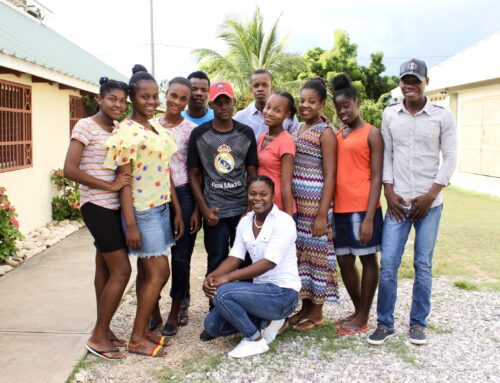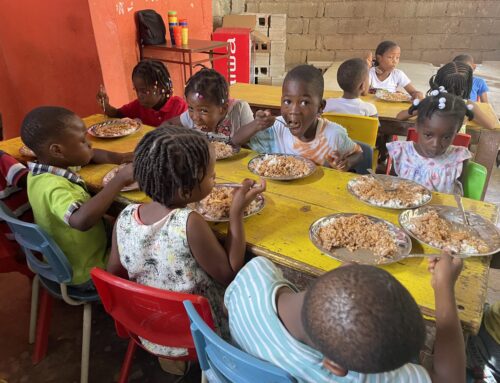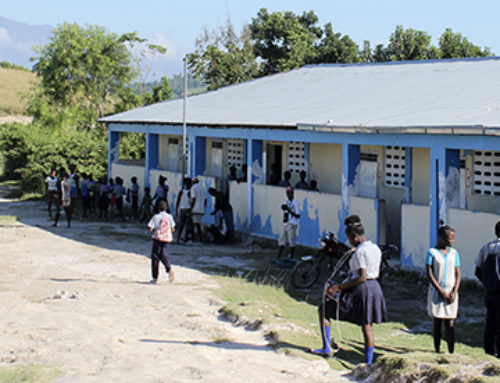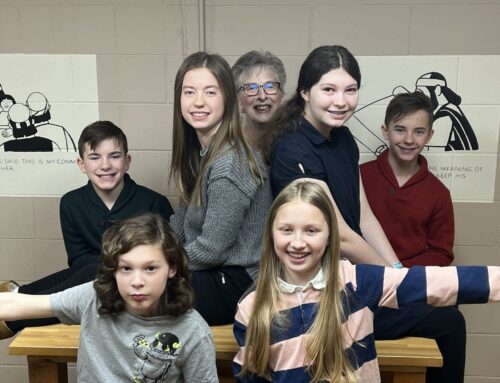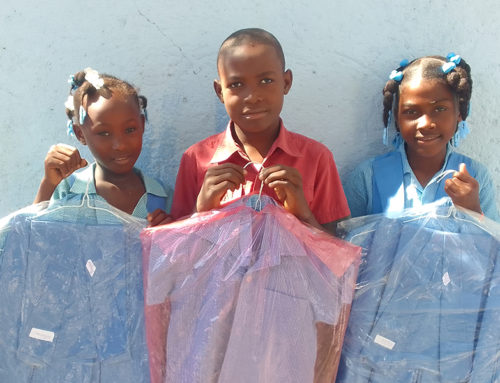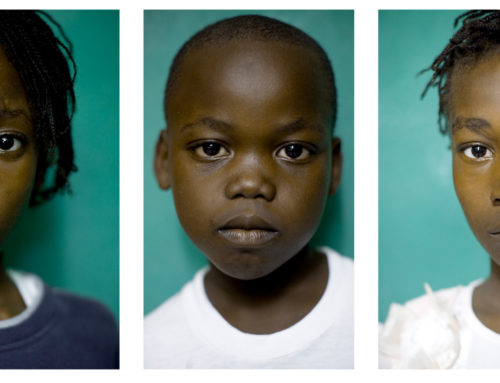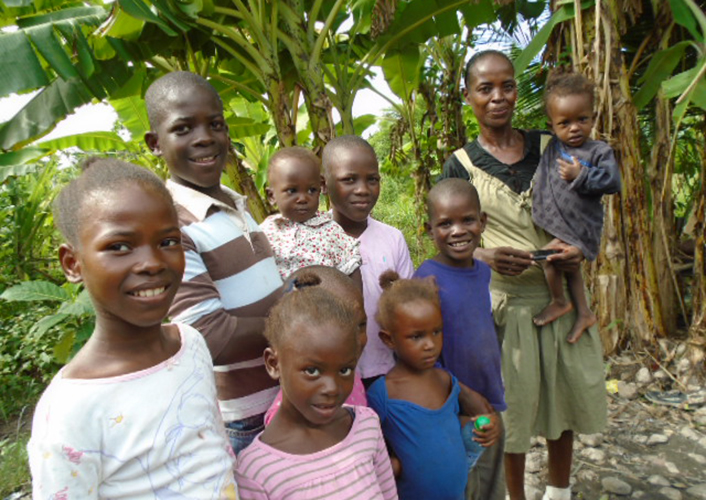
By Roslyn Phillips, Port Salut Learning center coordinator
Early this summer, a young lady came to talk to us about her children at home. The center was a little hectic at the time, but she refused to leave. She had come from over two hours away by foot and motor taxi. Anaica – a small skinny thirty five year old woman – didn’t mind waiting. In fact, she looked like one of those women who is willing to wait for as long as it takes.
Anaica shared her story and talked about her sick husband who is unable to work and her ten small children—two of whom are small infant twins, eight between the ages of 5 and 13 and the oldest 15. The oldest has been sent to live in restavek with a family in Les Cayes. She had come to the center to see if there were any job openings. She was willing to do anything, as her children were in such desperate need. She admitted that she was in the process of sending two more away. She did not want to but there were no more options available. She had come to us for help so that her children do not end up in restavek.
Sending one’s children in restavek is common in Haiti. It is estimated that 1 out 15 children lives in restavek. Desperate poor are lured to send their children in restavek by the promise of a better future, food and even an education. In reality the children become slaves, working endless hours for no compensation. They are neglected if not abused. And Anaica knew that.
There were no openings at the time, and we had to send her away with the promise that we would find something for her. She returned week after week. This woman’s perseverance was striking. Being a former elementary school teacher, finally we asked her to be an after school tutor at the center. Anaica could keep her children with her.
Months later, after Anaica had been helping us with some of the programs at the Learning Center, I decided to go visit her to better understand her situation. It took over an hour to get to her village on a hilly terrain with 5 rivers to drive through. I worried we would get stuck and not being able to return to the center. I wondered how she crossed all of these rivers every week just to come tutor at the learning center for a couple of hours. I could imagine her pulling her dress up, wading through the slippery white rock river in the dark, hoping to get home before night hit. This woman is certainly one of a kind.
Restavek Freedom work in the Port Salut region
Around Port Salut and Les Cayes, Restavek Freedom supports and follow about 60 children who either live in restavek, are at very high risk of being sent into restavek or who were in restavek but have been returned home. This summer has been one full of recruitment and preparation for the new full school year. We have worked with schools to ensure that the structures are back up and that our children will have safe and comfortable learning environments. We have enlisted the help of school tutors who will give our children in the advocacy program afterschool lessons to help them catch up to their classmates and stay ahead.
Restavek Freedom aims at putting an end to child slavery in Haiti in our lifetime. To do so, we have adopted a broad approach and our work encompasses different activities from child advocacy, awareness raising in communities, food distribution, literacy programs…. Restavek Freedom works to help children in restavek but also to provide poor or fragile families the necessary means to empower them and ensure they don’t send their children in restavek. If you want to know more about children in restavek and about the comprehensive work RF is implementing to end child slavery in Haiti, please visit our website – www.restavekfreedom.org


